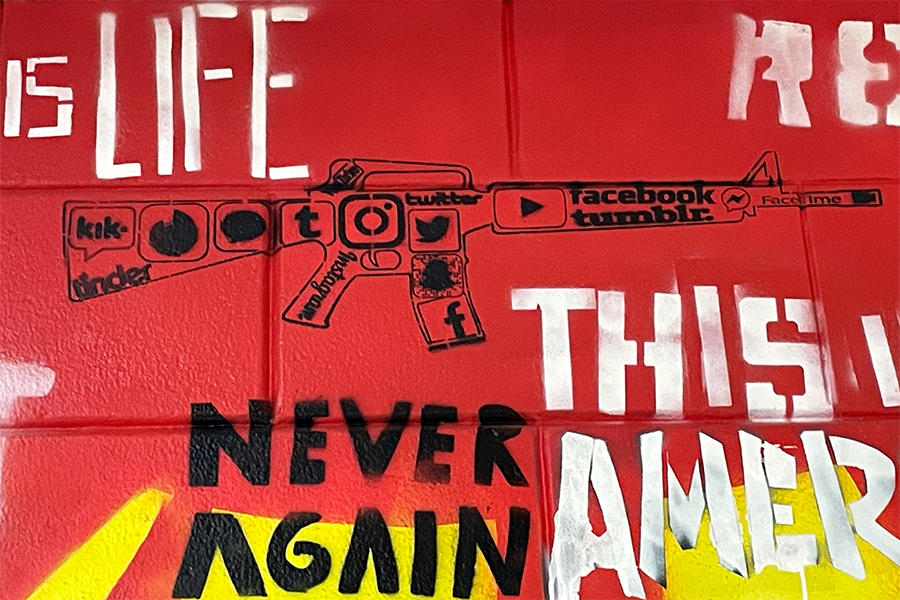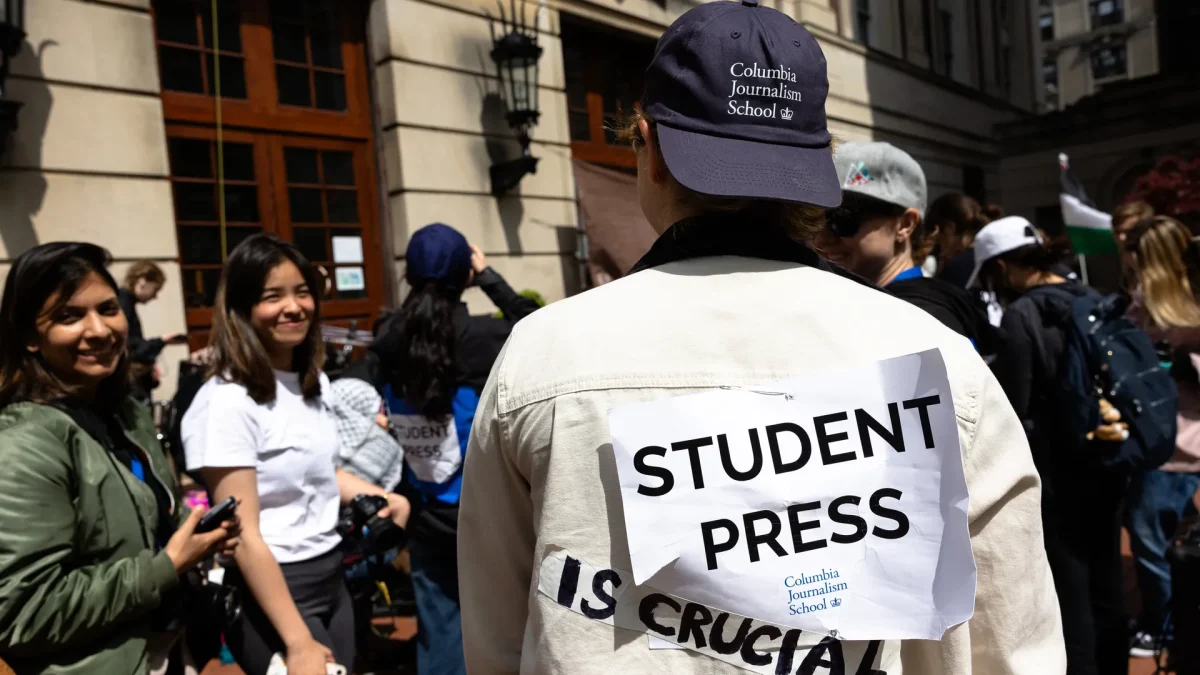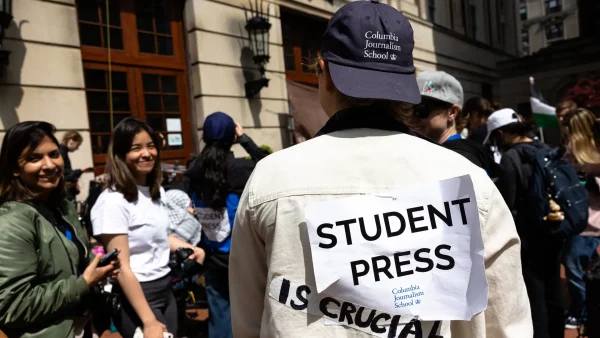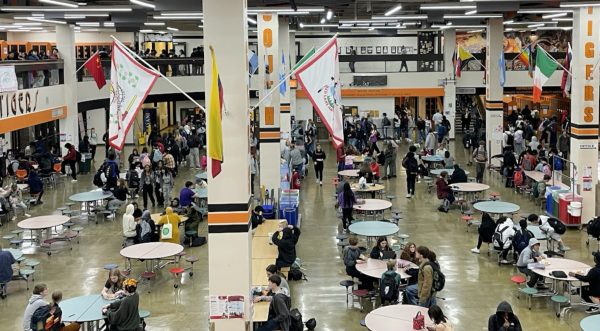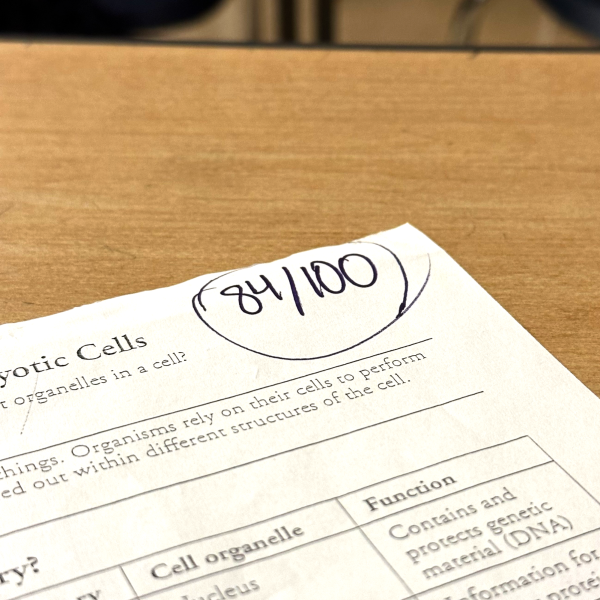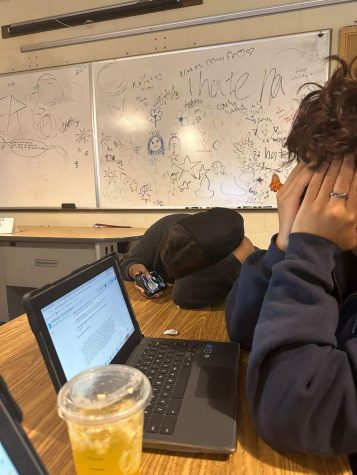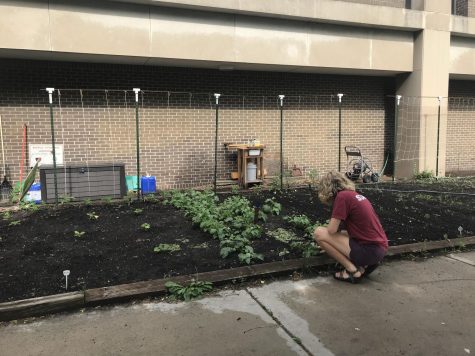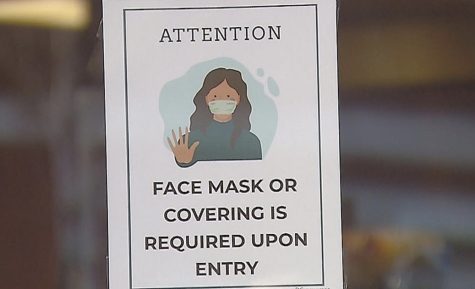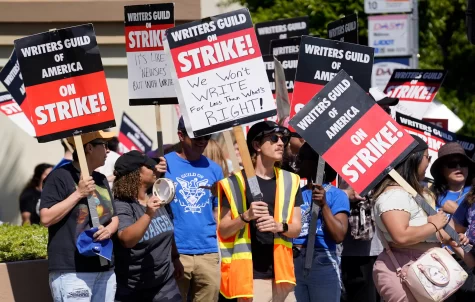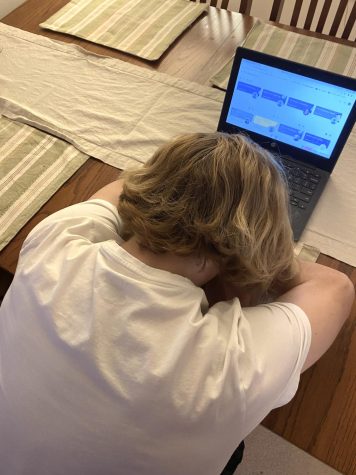The Alt-Right pipeline: a real world threat running rampant in high schools
The alt right pipeline spreads intolerant messages that include extremely racist, misogynistic and anti semitic rhetoric. These online groups have striking, significant effects. Nowadays, hate groups can easily reach people all around the world via social media.
March 29, 2023
Since the rise of high speed internet there has been an alarming increase in online, alt right extremism. Specifically the use of the alt right pipeline, which is a concept describing how right wing extremists use online spaces to radicalize people into hyper conservative views like white supremacy, antisemitism and misogyny. It has been tied to multiple violent threats and actions all around the world. People in extremist groups can use social media algorithms to make certain content pull viewers to extreme ideas. After Covid, and during a time when the lives of youth are more and more online, young people are often the targets of these online groups.
The alt right pipeline often spreads intolerant messages that include extremely racist, misogynistic and anti semitic rhetoric. These online groups have striking, significant effects. Many violent events, both online and offline, have been linked to alt right communities. Mass shootings, assaults and even large political events like the January 6th insurrection have had ties to online groups. Not only do hate groups change the lives of the people who go down the alt right pipeline but they are detrimental to general society.
Nowadays, hate groups can easily reach people all around the world via social media. That wasn’t always the case. Brandon Schorsch, the combating hate organizer for Jewish Community Action says, “[Hate groups have been here for decades], the difference between now and then is that [recruitment] can happen faster. We have access to the internet in the palm of our hands [and] hate groups can work together internationally now.” This kind of access to the public allows hate groups to spread their message at a much faster rate and grants access to extremely large groups of people. In the early internet, before major social media platforms existed, many of these groups spent time on forums like ‘4Chan’ and ‘Reddit’. These websites were often visited by people to discuss niche media and connect with people over similar interests. Those sites were relatively unregulated and didn’t have strict policies against hate speech, so hate groups made themselves at home in the corners of the internet.
People who were just looking for community ended up coming across extremist content and ideology. Today you don’t need to look far to find alt right content, it’s present on almost all social media. Schorsch says, “Nowadays you can [run into hate groups] through the course of a binge of a ton of youtube videos or having a stream on in the background. It was a lot harder to engage with that much content, that quickly a few short years ago.”
Social media algorithms are often used and manipulated by the alt right in order to help certain content be exposed to more people. If you understand the way the algorithm keeps people engaged, then it’s not hard to use it to your advantage. For example, a platform like Youtube will use the recommended page and the related video bar to keep a user engaged with the platform. The algorithm will track what kinds of videos you like by the titles, descriptions and thumbnails, and it will follow any trends that are present in the data it collects. For example, if you were to watch a video about a local football game the algorithm might send you a couple of videos covering the same topic, before branching into general football content or tangentially related sports media. The algorithm functions this way in order to keep users engaged and on the platform for as long as possible.
A lot of online creators use what they know about the algorithms to help them push content forward which is where we get things like ‘clickbait’- the use of overdramatized thumbnails and titles. The alt right will take a video about something unrelated to their cause and fill it with inconspicuous messaging and then post it with the guise that it’s just a regular video. Schorsch says, “Maybe the algorithm [notices] that you like video game content and says we’ll recommend you another video and that could be something like ‘Feminism is ruining your video games.” Any unsuspecting viewer could click on it, and would sneakily be fed messages. As they continue to watch, the recommendations would pick up on what types of things are keeping them engaged and give them more and more content just like it. With the help of algorithms, it’s incredibly easy to conspicuously lead people towards extreme content.
Algorithms play a big part of the way the alt right pipeline collects people, but it’s not the only factor at play. Vulnerability is also at play when we talk about people being victimized by the alt right, because certain people are more likely to fall victim to the tactics of the alt right pipeline. Some people who may be at a greater risk are; people who are suffering a loss of a family member, people without many friends or a big support system, people without a strong media literacy understanding and people who are going through a transition period of their life.
Young people are constantly going through transition periods just by growing up, so it’s not uncommon for youth to end up going down the alt right pipeline. High school is not always easy and it can be difficult for students to feel like they have a community. During tricky periods of our lives, like high school, we look for comfort in places we might not otherwise. A lot of people use the internet to feel a sense of stability or turn to the internet when they feel alone, and unfortunately when someone does that, they can find themselves very susceptible to the alt right pipeline. I feel that it’s important to add that South has resources if a student finds themselves struggling with a personal matter, or if they’ve found themselves lost online. This includes teachers, counselors, social workers and other staff members.
We often look to certain media to help us feel less alone or help us through difficult times in our lives, which can allow us to open up more. From the perspective of the alt right, it’s easier to convince someone to share your set of beliefs if you have a good relationship with them. A good way to build a relationship with someone is through their favorite things like games, apps and creators. Things like gaming, social media and even dating advice can be targeted by alt right groups. Schorsch says, “When people get led down these pipelines, it usually starts with something they are interested in. ‘I like video games, I’m gonna go watch some youtube videos’ or ‘I can’t afford this game yet so I’m gonna watch a streamer play it’.”
High school is a formative time in students’ lives, that allows them to delve into the things that interest them. It’s also a time when they’re trying to find where and with who they fit in with. It’s disappointing that youths’ engagement in things like video games, social media and public forums can lead to dangerous situations for individuals and communities, but if we are vigilant and aware of the tactics of online hate groups, we can lessen the power these groups hold.

